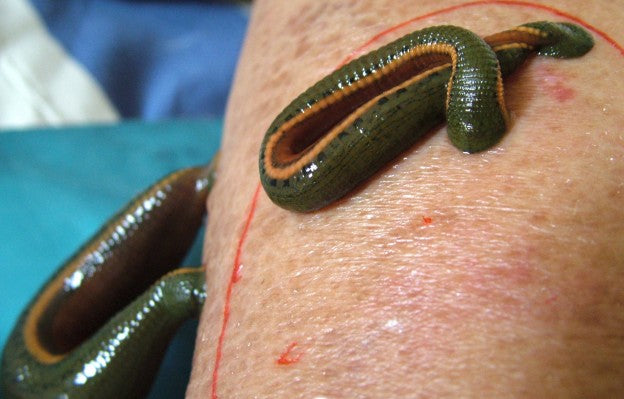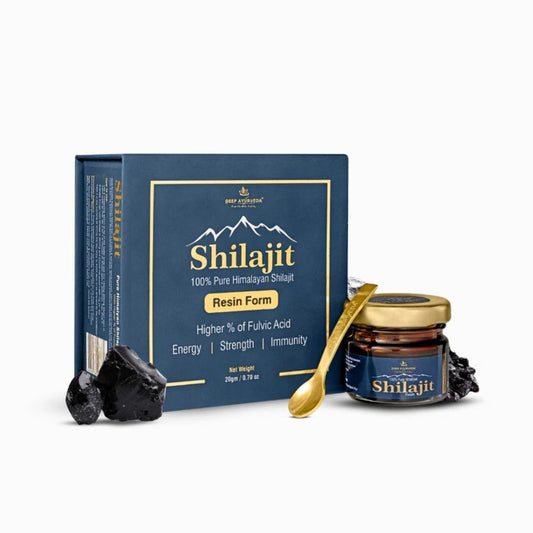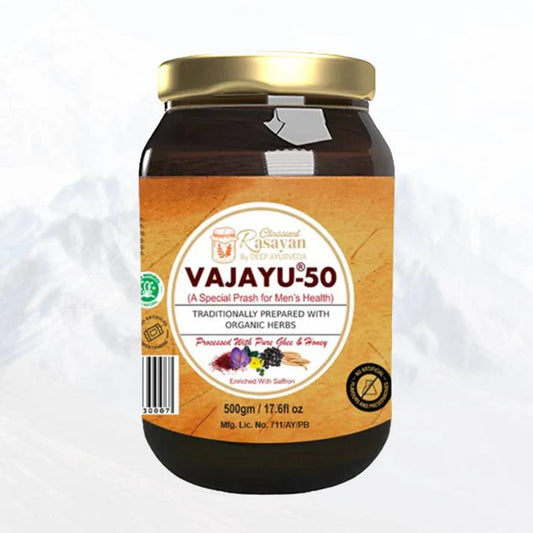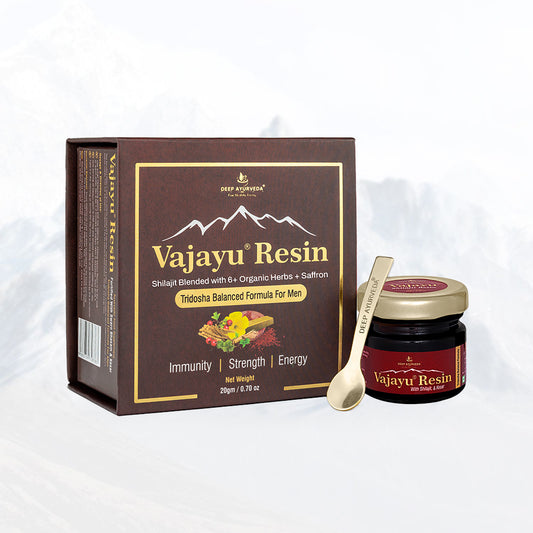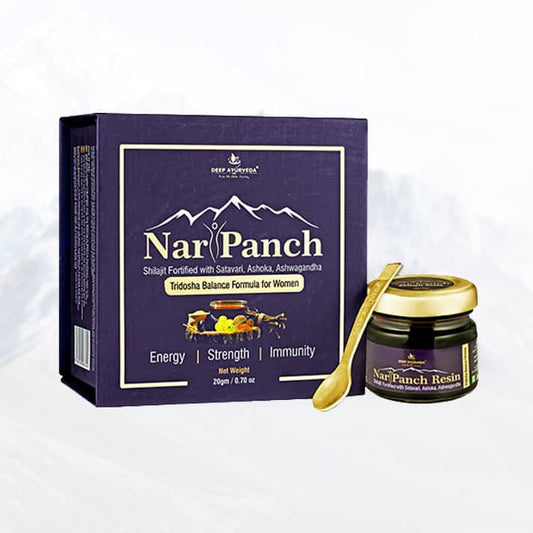In the vast ocean of Ayurveda, few therapies hold the ancient legacy and clinical precision that Raktamokshana offers. Known as one of the five prime Shodhana procedures in Panchakarma, Raktamokshana is a unique detoxification therapy that focuses on removing vitiated blood from the body. But what exactly is this therapy? How is it done, and why is it gaining attention again in the modern wellness world?
Let’s dive deep into the world of Raktamokshana treatment—its meaning, types, benefits, procedure, and safety in this comprehensive guide.
What is Raktamokshana in Ayurveda?
Raktamokshana literally means “bloodletting” — ‘Rakta’ meaning blood, and ‘Mokshana’ meaning liberation or letting out. It is a therapeutic method in which impure blood is removed from the body to reduce the burden of aggravated Doshas, especially Pitta and Rakta Dushti (vitiated blood conditions).
In Ayurveda, Rakta is considered the fourth Dhatu (tissue), and it plays a critical role in maintaining overall health. When Rakta is contaminated due to wrong diet, lifestyle, infections, or Dosha imbalance, it gives rise to a host of skin diseases, inflammation, and systemic disorders. This is where Raktamokshana treatment steps in as a natural cleansing and curative method.
Classical Reference
“Raktamokshanam Shreshtam Shodhananam Cha Panchakam”
(Charaka Samhita – Sutrasthana)
Translation: Among all purification methods, Raktamokshana is considered supreme in eliminating blood-borne diseases.
Types of Raktamokshana Treatment
There are two major classifications of Raktamokshana depending on the method of bloodletting:
1. Shastra Kruta Raktamokshana (Surgical)
This includes methods that involve using surgical instruments to remove blood.
-
Siravyadha (Venesection): Removing blood through puncturing the vein using a sterile needle or blade. Ideal for deep-seated or systemic diseases.
-
Pracchana (Scarification): Multiple small incisions are made using a surgical blade and then the area is gently rubbed to release impure blood. Best suited for localized skin diseases.
2. Anushastra Kruta Raktamokshana (Non-surgical)
These methods involve natural tools like leeches or other safe methods.
-
Jalaukavacharana (Leech Therapy): Leeches are applied to the affected site. As they suck impure blood, they also inject healing enzymes through their saliva.
-
Shrunga (Horn Therapy) and Alabu (Cupping): Traditional vacuum-based therapies using animal horns or cups to extract vitiated blood.
Each method is chosen based on the condition of the patient, location of disease, and nature of the Dosha imbalance.
Conditions Treated with Raktamokshana
Raktamokshana treatment is particularly effective for Pitta-Rakta disorders, including:
-
Psoriasis
-
Eczema
-
Acne vulgaris
-
Pigmentation
-
Vitiligo (Shwitra)
-
Hypertension
-
Varicose veins
-
Gout and arthritis (inflammation)
-
Migraine with heat symptoms
-
Eye disorders (Netra Abhishyanda)
-
Localized swelling or abscesses
Its anti-inflammatory, cooling, and detoxifying nature makes it suitable for chronic, stubborn conditions where conventional treatment fails to provide lasting results.
Benefits of Raktamokshana
Let’s explore the wide-ranging benefits of Raktamokshana therapy:
1. Purification of Blood
The most direct benefit of Raktamokshana is that it removes Ama (toxins) and vitiated Pitta/Rakta from the bloodstream, enhancing blood quality and circulation.
2. Clears Skin Diseases
Most skin problems have a Rakta or Pitta association. Bloodletting therapy reduces inflammation, itching, redness, and lesions seen in conditions like eczema, acne, and psoriasis.
3. Pain and Swelling Relief
In arthritis, gout, or inflamed joints, Raktamokshana treatment helps reduce swelling, pain, and stiffness by clearing local congestion and heat.
4. Natural Anti-Inflammatory
Leech saliva contains hirudin and other enzymes that naturally reduce inflammation, prevent clotting, and improve healing.
5. Enhances Immunity
Removing impure blood stimulates production of fresh blood and immune cells, increasing the body's disease-fighting capacity.
6. Safe and Side-Effect Free
When performed correctly by trained Ayurvedic professionals, it is a safe, non-toxic therapy with long-lasting results.
Procedure of Raktamokshana
The procedure involves three stages:
1. Purva Karma (Pre-Procedure)
-
Assessment of Dosha status, strength, age, and disease condition.
-
Application of Snehana (oil massage) and Swedana (sudation) in the target area to prepare the site.
-
Ensuring sterilized instruments or leeches are ready.
2. Pradhana Karma (Main Procedure)
Depending on the type:
-
In Siravyadha, the vein is punctured using a sterile blade, and about 50–100 ml of blood is removed.
-
In Jalaukavacharana, leeches are applied to the affected site and allowed to suck for 20–40 minutes.
-
In Pracchana, multiple incisions are made, followed by gentle rubbing to extract blood.
The flow is stopped once symptoms like color change or lightness are observed.
3. Paschat Karma (Post-Procedure)
-
The site is cleaned with herbal decoctions (like Triphala or neem).
-
Herbal powders or oils like Jatyadi oil may be applied to promote healing.
-
Light diet is advised for a few hours post-procedure.
-
Follow-up with Rasayana herbs to enhance tissue regeneration and immunity.
Safety and Precautions
Though safe, Raktamokshana treatment must be performed:
-
Under qualified Ayurvedic supervision
-
With proper hygiene and sterilization
-
After thorough patient evaluation
Not Recommended In:
-
Children under 12
-
Pregnant or lactating women
-
People with anemia or low immunity
-
Advanced diabetes with poor healing
-
Very old or very weak individuals
Raktamokshana in Modern Context
In today’s world, where toxins from diet, stress, pollution, and chemical exposure are abundant, ancient therapies like Raktamokshana offer a natural detox pathway. It merges ancient wisdom with modern clinical relevance and is now being re-evaluated in integrative medicine for conditions like hypertension, autoimmune disorders, and skin ailments.
Modern parallels include:
-
Cupping therapy
-
Wet cupping (Hijama)
-
Leech therapy in microsurgery
But Raktamokshana is far more than just bloodletting—it’s a holistic method grounded in the deep knowledge of Doshas, Dhatus, and Srotas (channels of the body).
Final Thoughts
If you’re suffering from chronic skin disorders, migraines, inflammatory joint pain, or simply feel a sense of congestion and toxicity in your system, Raktamokshana may be the solution you’ve been waiting for.
It’s time-tested, cost-effective, minimally invasive, and deeply cleansing.
Explore the healing potential of Raktamokshana treatment under the guidance of a qualified Ayurvedic doctor and experience the transformation that purified blood can bring to your body and mind.
